
I thought I had already used all of Kodak’s color negative films still in production, but I somehow managed to miss out on the Pro Image 100. How does it compare to the readily available Gold 200 and the Portra 160? Let’s try to find out.
Processing (C-41) and scanning was done at urbanfilmlab in Germany, the pictures in this article are from one roll of film.


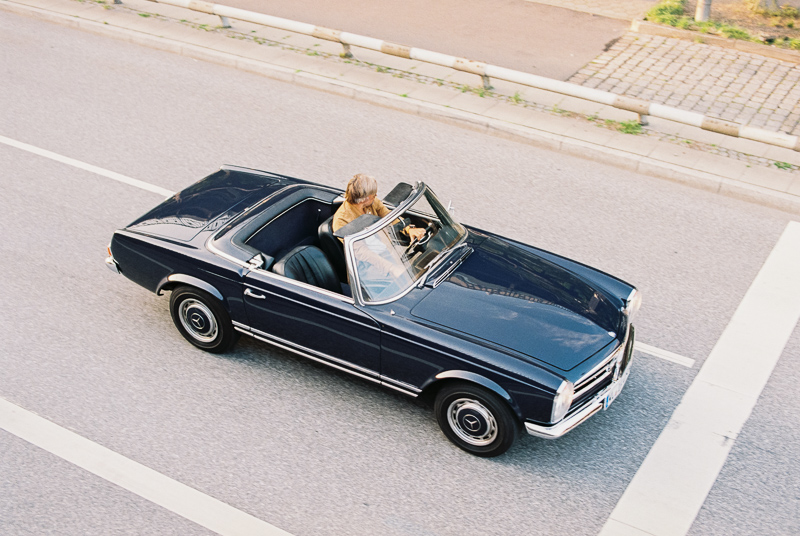
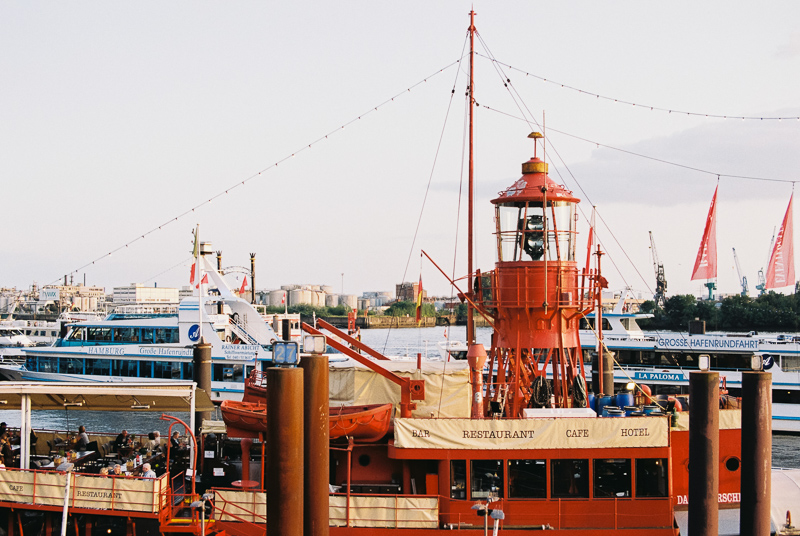
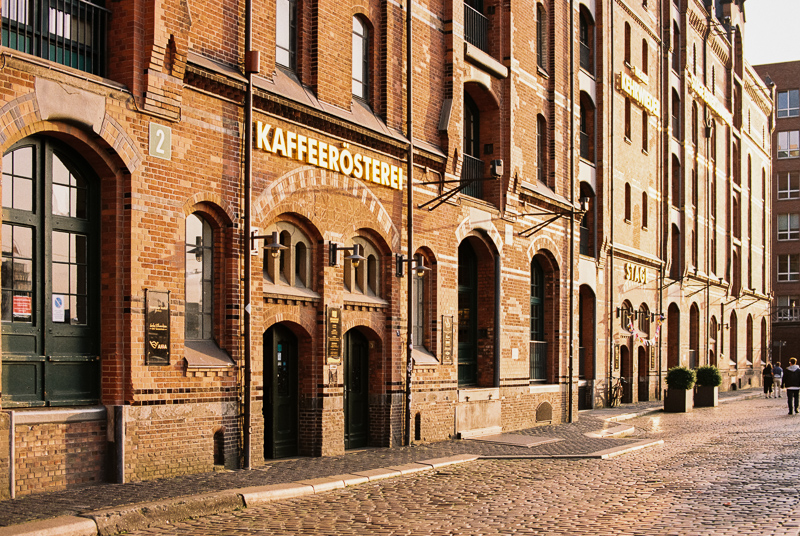
In terms of price the Kodak Pro Image 100 sits inbetween Gold 200 and Portra 160. It is also said to be based on older emulsion technology, but interestingly it is still in production. Maybe the machine producing it still didn’t break, who knows.
As ususal I didn’t put a lof of effort into researching what to expect from this film and for a change I ended up being positively surprised.



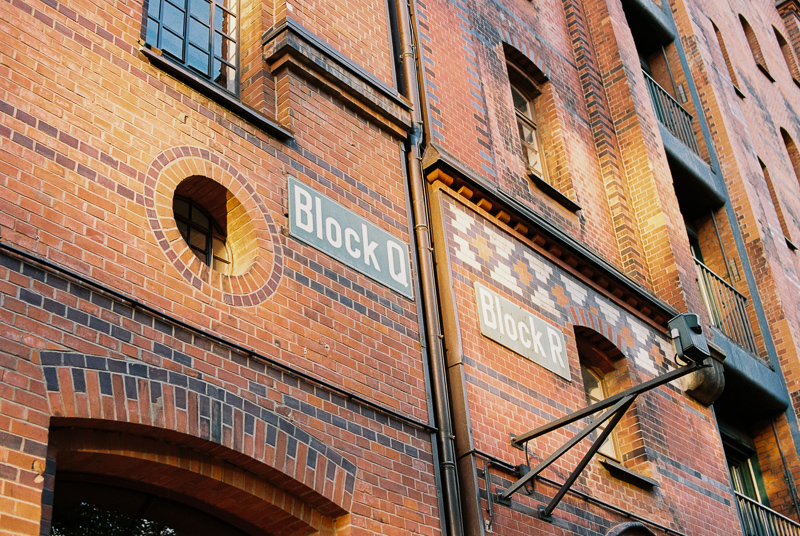
I mainly used it during sunset time and I found the colors to come out quite nice.
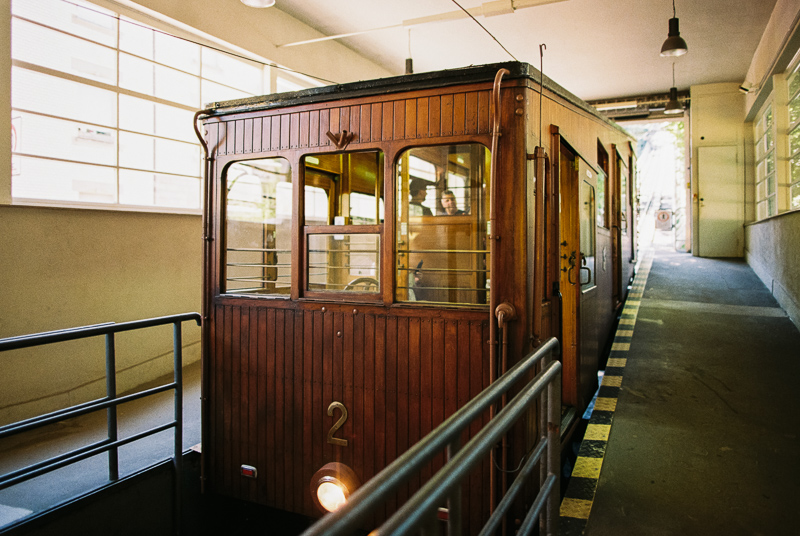
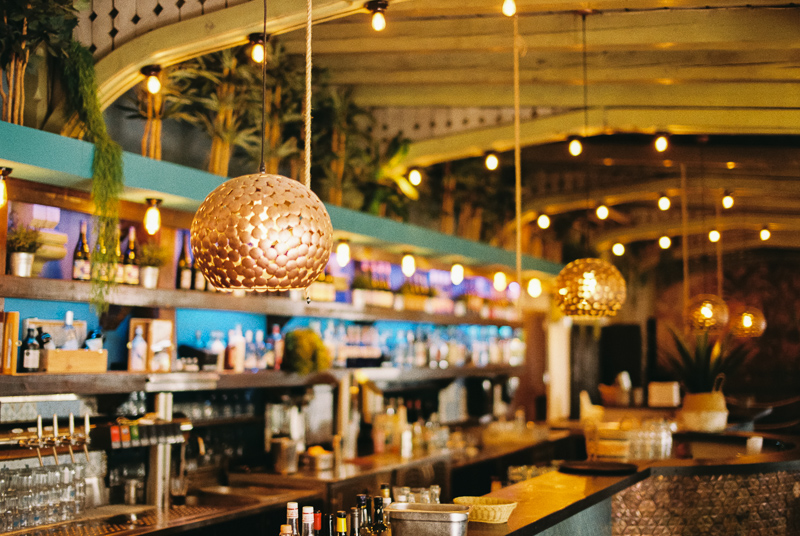
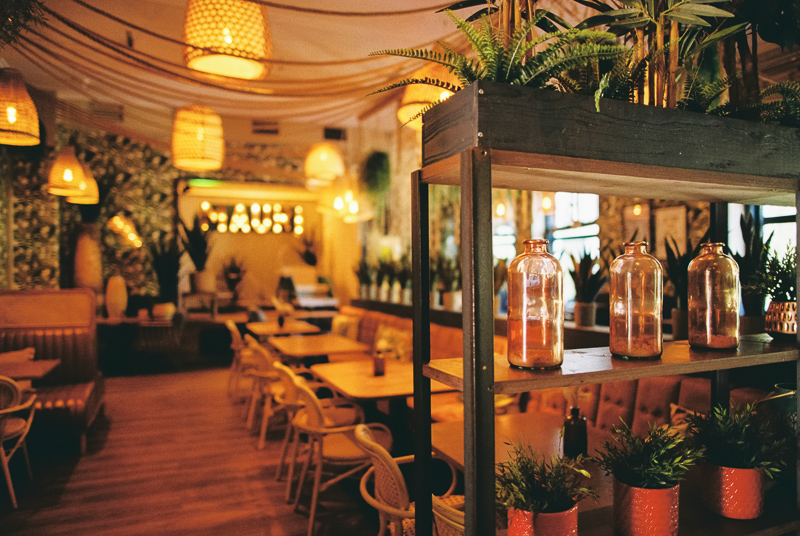
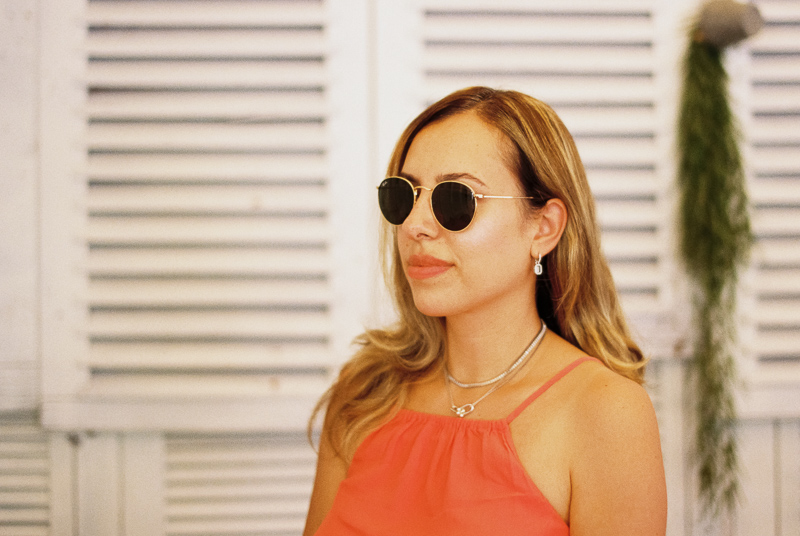
I also used it indoors under artificial light and while it does have a bit of a warm tone (as was to be expected) it does look more appealing to me than Gold 200 when C-41 processed.
Compared to Portra 160 the blues also look a bit more neutral instead of teal.
When looking for an ISO 100 film for daylight shooting I would definitely consider buying Pro Image 100 again. I also think it would actually be a better fit to Portra 400 and 800 than the Portra 160.

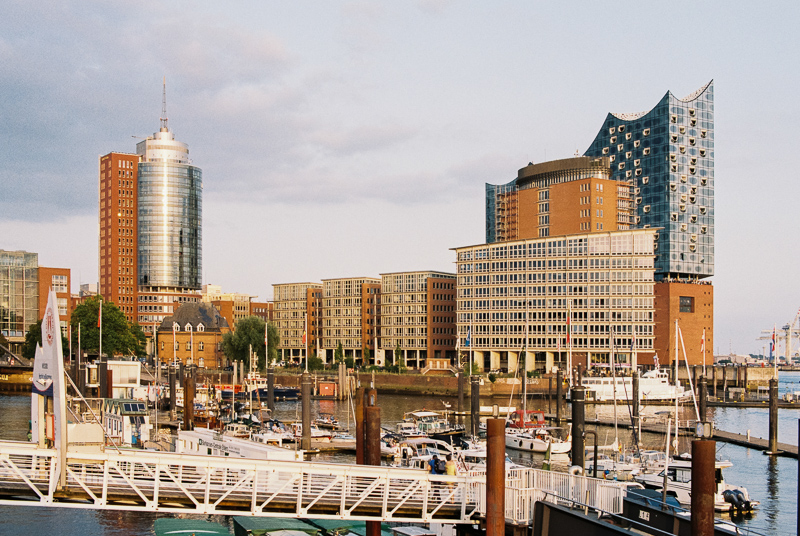
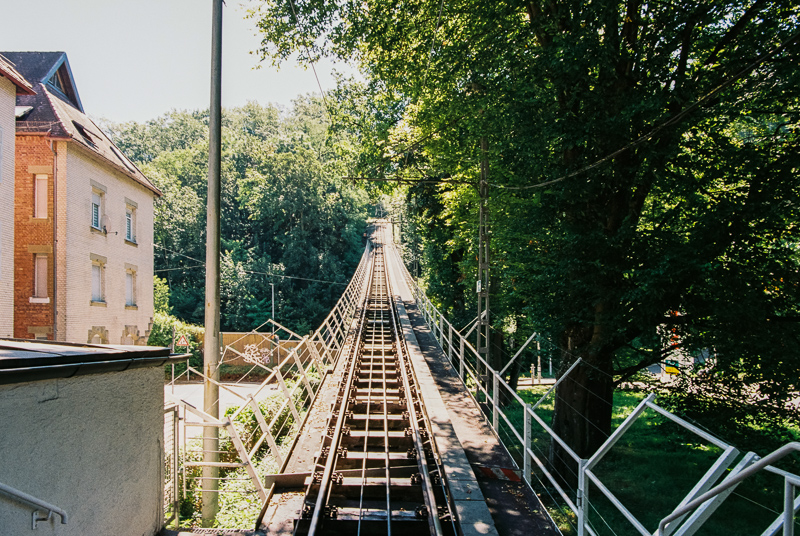

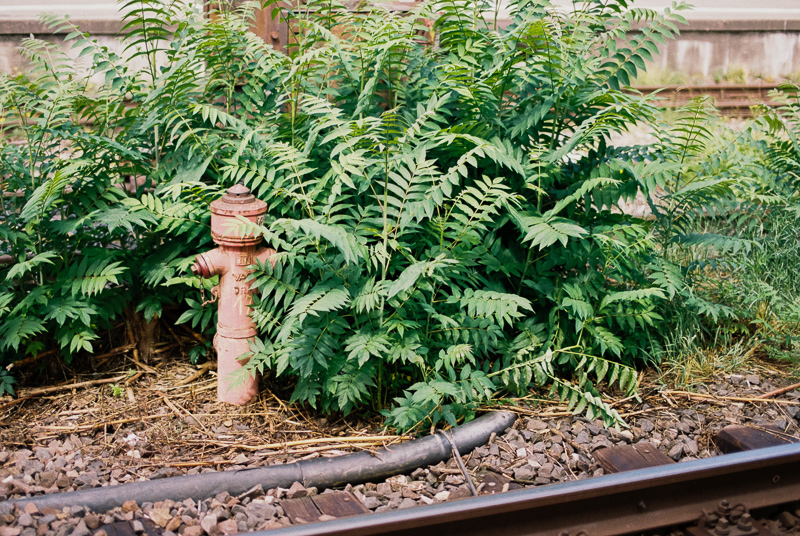
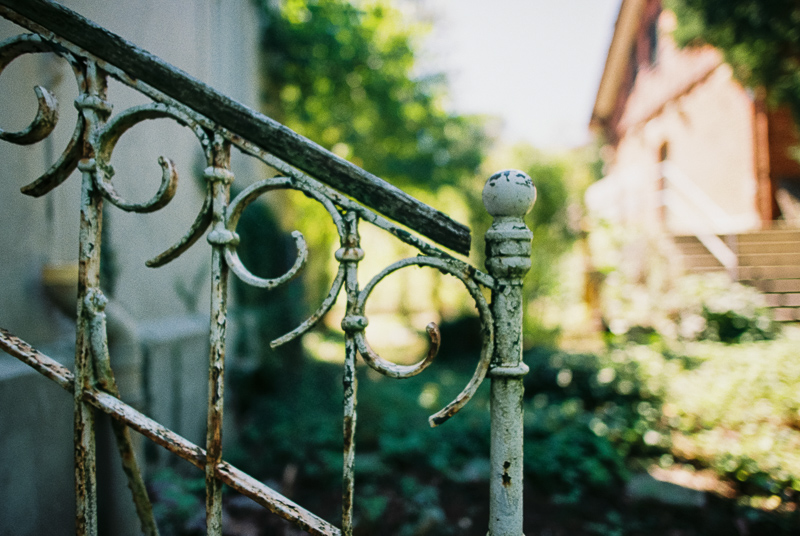
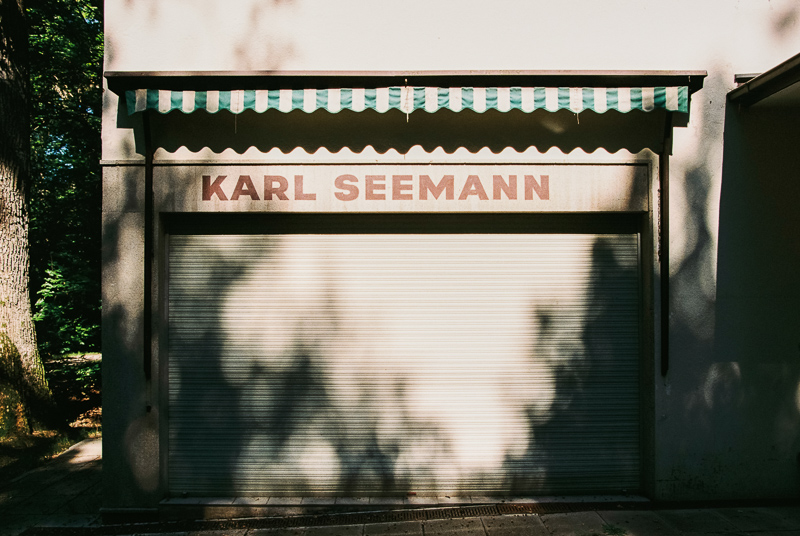
Further Reading
Support Us
Did you find this article useful or just liked reading it? Treat us to a coffee or a roll of film!
![]()
![]()
![]() via Paypal
via Paypal
Latest posts by BastianK (see all)
- 2025 – Year in Review - December 23, 2025
- Review: Sony FE 70-200mm 4.0 G Macro OSS II - December 20, 2025
- Review: Viltrox AF 35mm 1.2 FE LAB - December 17, 2025
One interesting note about this film is that it’s actually the cheapest Kodak color film here in the US. It’s sold in propacks here for 40-45usd. A month or two ago B&H was selling it for like 32usd as a back to school sale.
My understanding is that it’s based on the late 1980s pro color neg film (I’m not sure which film exactly) with added warmth for Asian skin tones and to store better in hot humid environments.
Great article as always! Keep up the great work!
Just a correction to my last comment. It seems to be based on 6th gen Kodak Gold 100 according to the internet. So it’s more closely related to Kodak ColorPlus; That also being a 6th gen film. Kodak Gold 200 is a 7th gen.
OK its Fuji but also very interesting.
unfortunatly only german.
https://www.zdf.de/dokumentation/zdfinfo-doku/firmen-am-abgrund-fujifilm-102.html
Many years ago, that was a cheaper alternative to Kodak Gold films, hence it was perhaps not widely available in US and Western Europe. In my area, that was the go-to film for many (Kodak branded) photo studios, where you can get ID document photos.
I still have two fresh packs of these in my fridge as this is really a lovely film for studio work. Since it is more of a consumer film, it is not available in 120 film format.
Hi Bastian,
very interesting as usual, thanks! Did you also try this Film with Silbersalz processing?
All the best,
Alexander
Not yet!
Yes, here in North America it is the cheapest color film and popped up a few years ago, before it seems to have been available only in tropical climate countries.
It might be my scanning and processing, but I didn’t like the colours too much, too saturated for my taste, especially for portraits. Still have a few rolls and should try it under some other conditions I guess.
That is an impressive number of keepers from one roll of film.